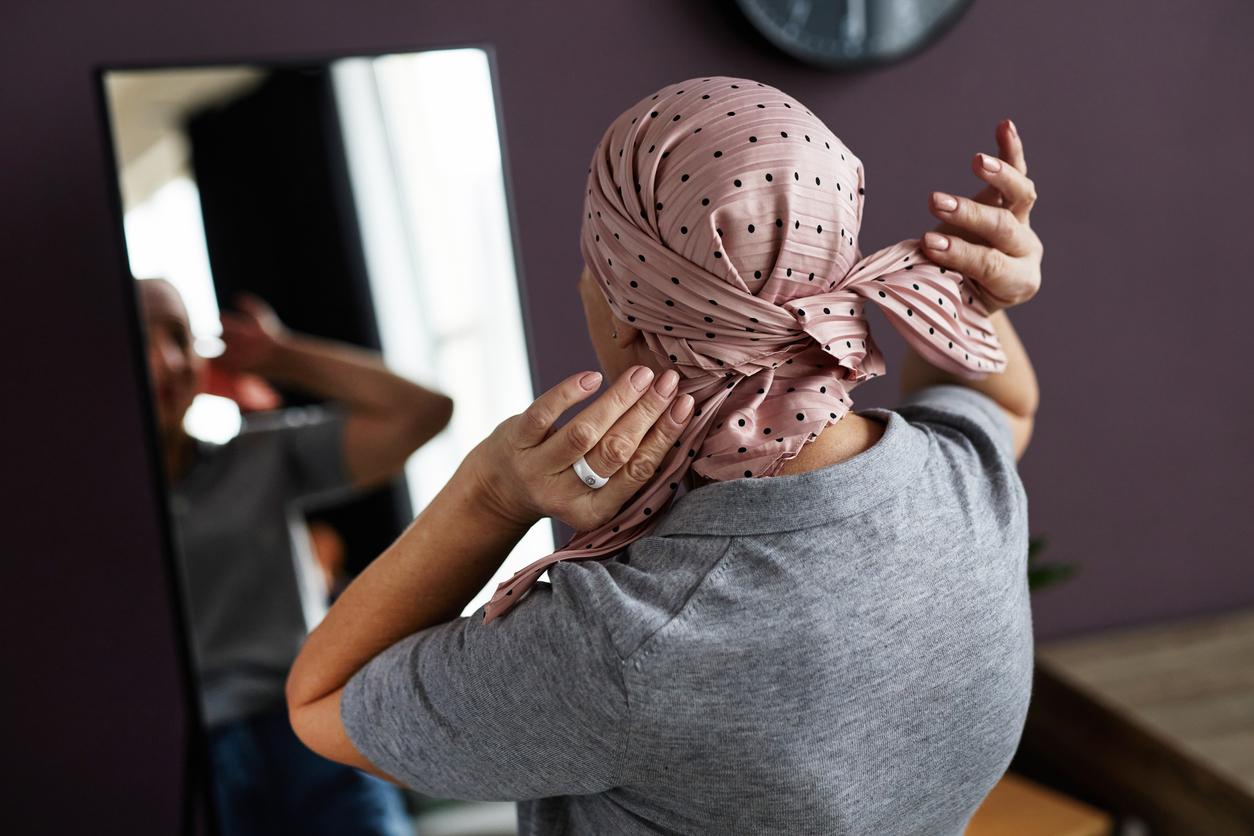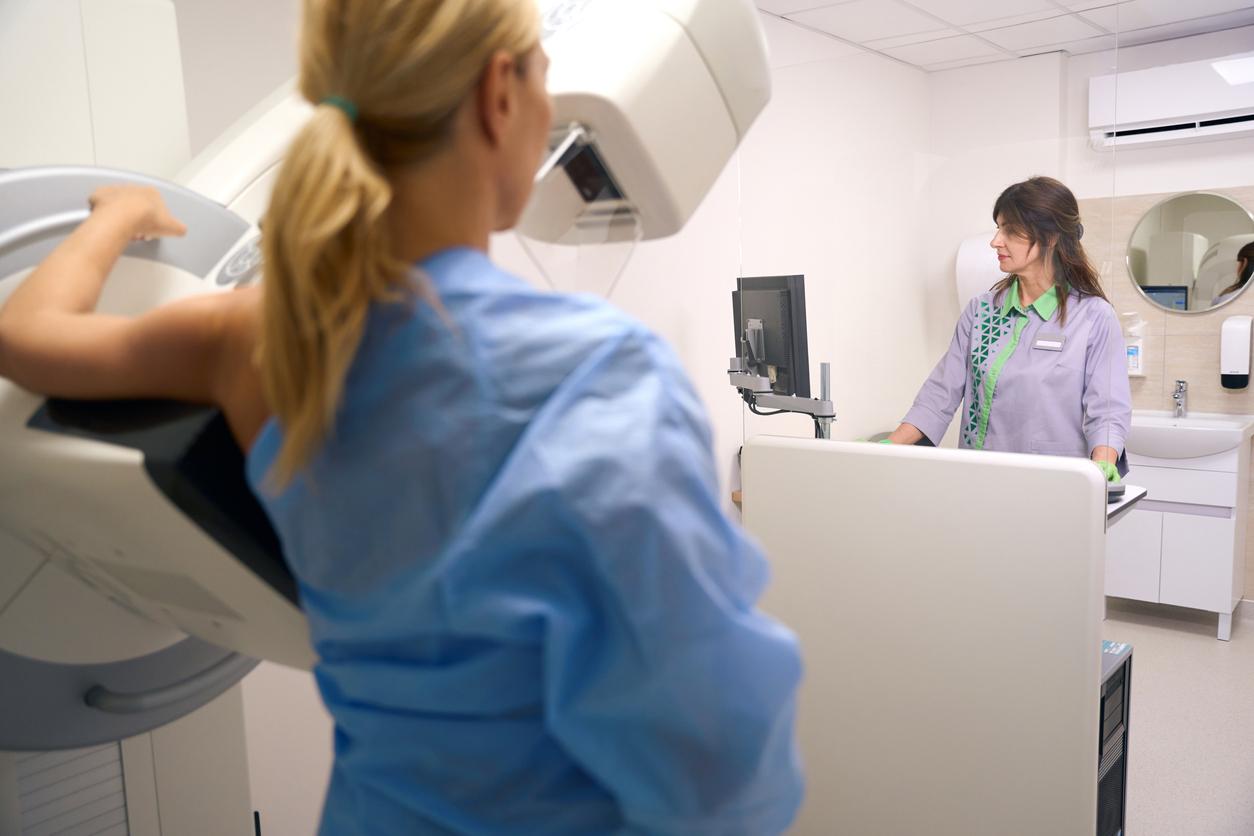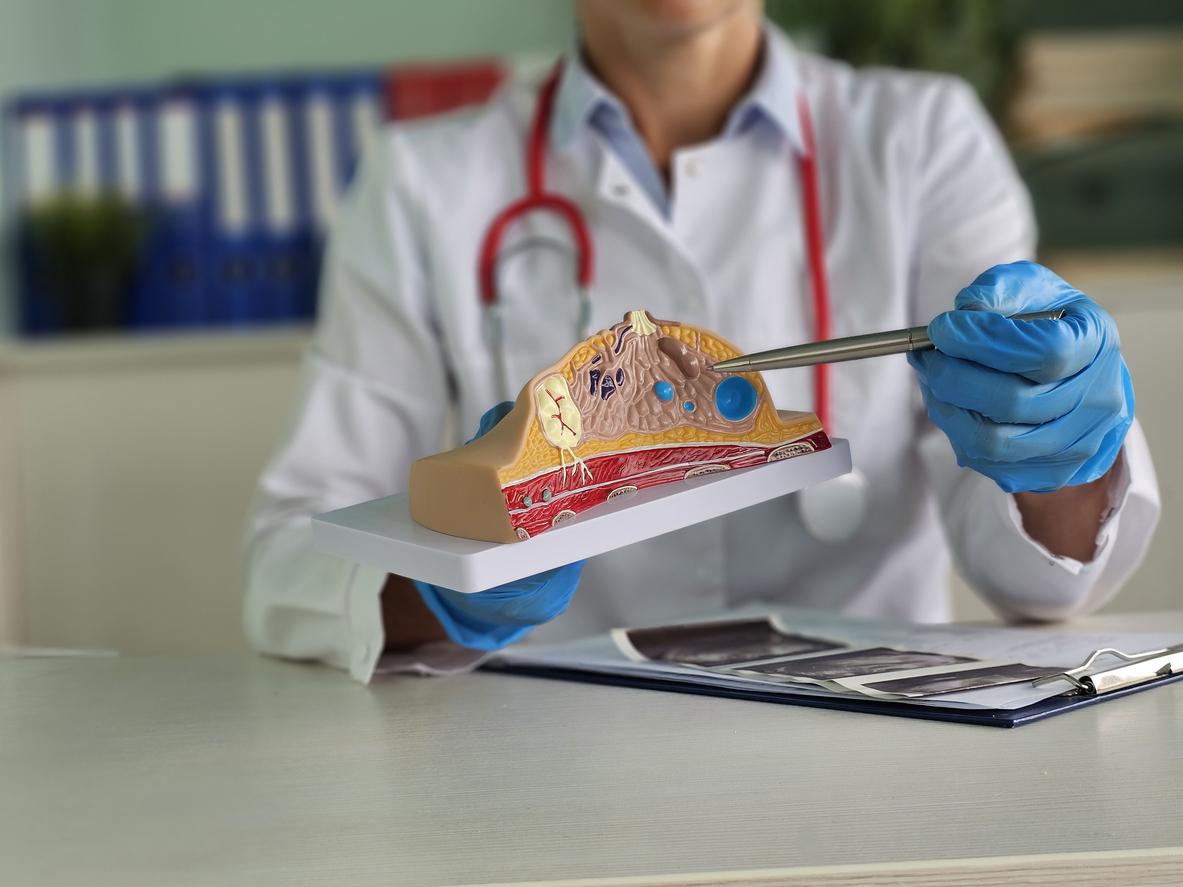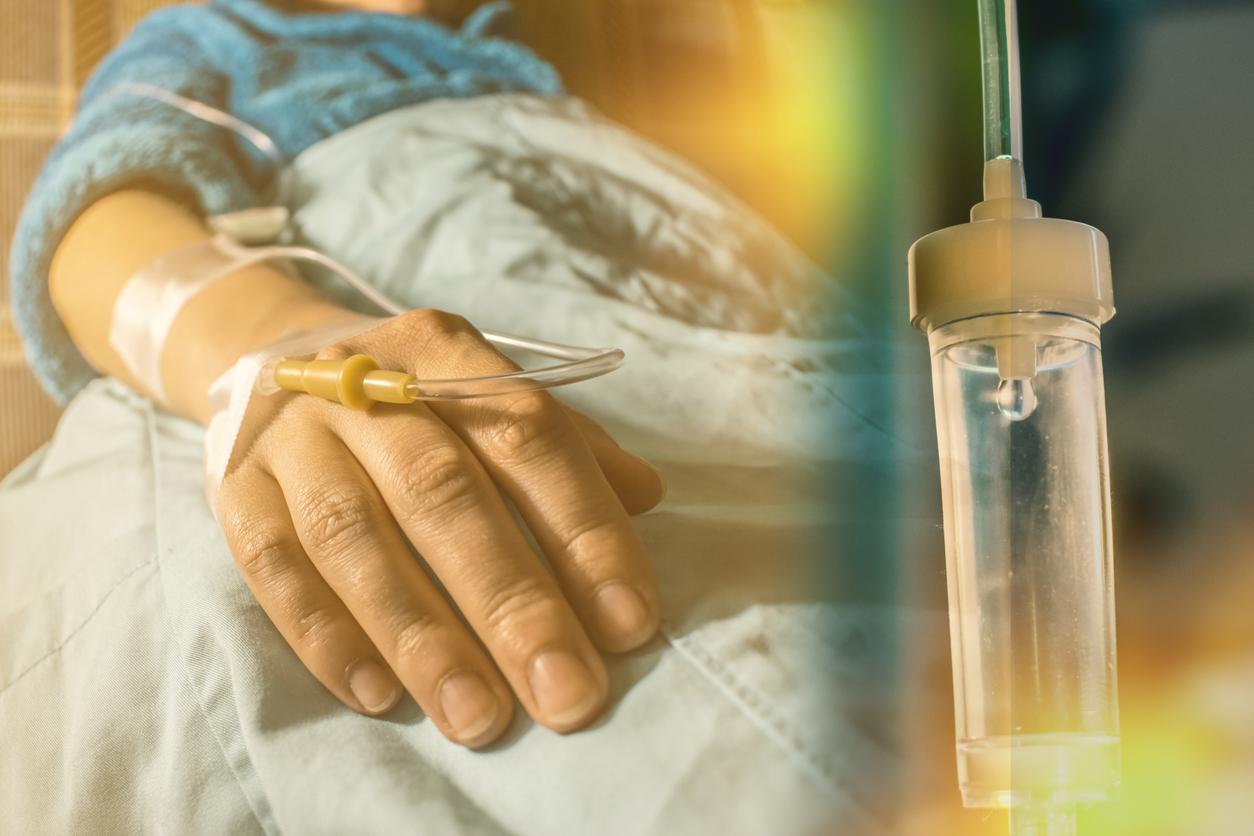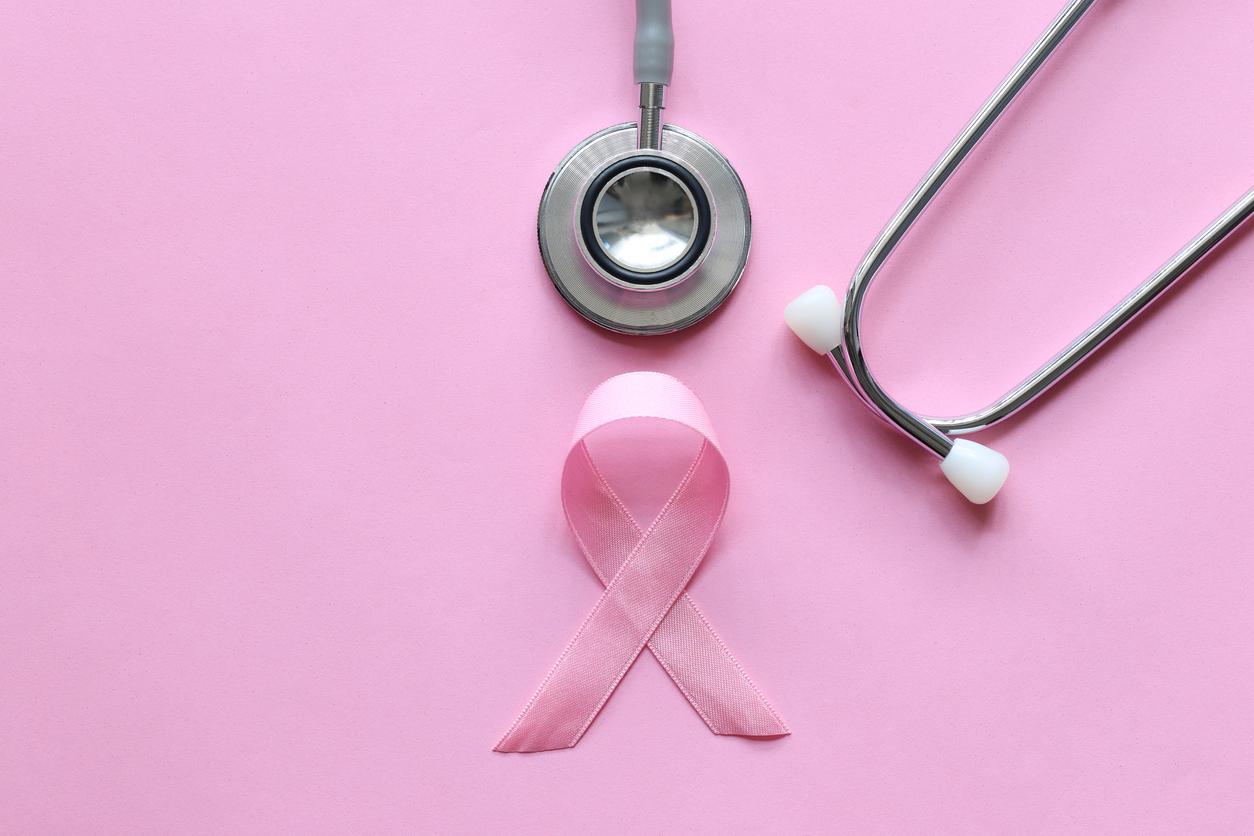A study presented at the ASCO Cancer Congress in early June suggests that chemotherapy can be avoided in women whose cancer is hormone-sensitive. But these results remain approximate, we explain why.

Breast cancer is a malignant tumor that can be cured in 9 out of 10 cases if diagnosed early enough : 5-year survival is 99% for breast cancer detected at an early stage, it is 26% for metastasized cancer. But its recovery depends on several factors, including the age, size and type of the tumor as well as the stage of the disease. So every year 54,000 new cases are diagnosed and around 12,000 deaths are recorded. Fortunately, research is progressing.
A study supported by the US government and presented at the ASCO 2018 Congress in Chicago shows that in women with hormone-dependent breast cancer without the HER2 receptor (i.e. without targeted treatment possible), nor lymph node involvement ( 50% of cancers are), carrying out a test called Oncotype DX Breast Recurrence Score could make it possible to avoid chemotherapy and to be satisfied with hormone therapy after surgery. The promoters of the TAILORx study go so far as to say that thanks to this test “70% of these women could do without chemotherapy”. A somewhat abusive statement, even commercial.
A quantitative test among others
This test is used to assign a score from 0 to 100 by analyzing the abnormalities of 21 breast tumor genes. Usually, patients who score 0-10 do more chemotherapy in addition to hormone therapy. On the other hand, in those who have a score of 26 to 100, chemotherapy is systematic. The question of chemotherapy therefore arose in women who have an intermediate score, between 11 and 25.
After more than 7 years of follow-up of 10,000 women aged 18 to 75, the prognosis of those who had an intermediate score and who were treated with chemotherapy did not improve: neither in terms of overall survival, progression-free survival or the rate of distant recurrences. The curves between the group treated with chemotherapy + hormone therapy and the group treated with hormone therapy alone are strictly superimposable. Chemotherapy is therefore useless in this group, which, added to women with a low score, corresponds to 70%.
Why are these results approximate?
Doctors and health authorities have always dreamed of having infallible scores that would allow them to treat patients with “precision”: the right treatment for the right patient… decided by the right computer. But will this test revolutionize the practice? Not necessarily.
This test has not been compared to the traditional evaluation which is carried out in a “Multidisciplinary Concertation Meeting” (RCP). This process consists in defining the best treatment for each patient after a discussion between several doctors. It is therefore not known whether it is doing better than the assessment carried out by doctors on clinical, radiological and biological criteria. In addition, this test will be available in France, but within a budget that also reimburses other innovations, including targeted therapies. Certain French experts consulted on the spot at the Congress were allowed to say that, given the limited budgetary envelope, “between the reimbursement of the test and that of the targeted treatments”, they preferred to choose “the targeted therapies”.
It is therefore important not to exaggerate the scope of this study, the results of which remain approximate. Thousands of women do not already receive chemotherapy in France. This work therefore confirms the current data. What this will change is that oncologists now have the means to be more assertive when explaining their treatment strategy to a patient.
Prevent for better cure
Eight out of 10 breast cancers occur after the age of 50 and more than 47% of them are diagnosed in women aged 65 and over. The National Cancer Institute (INCa) has launched a new website to “learn and decide”. He emphasizes the “real chance of a cure” when cancer shows up in a woman under 40. He also talks about mammography, any history that may contribute to the development of the disease and management. A section is also dedicated to questions from Internet users.
Focused mainly on screening, the site allows you to enter her age and access information related to it: a 40-year-old woman will have access to information relating to prevention, such as the importance of taking a annual breast exam and symptoms to prevent disease. Those aged 40 to 49 will receive information on the origin of the disease, its risk factors and symptoms. Finally, women aged 50 to 74 will be informed about breast cancer screening, which is recommended to them every two years. Those over the age of 75 will be warned of the symptoms to watch out for, the risk factors and the value of talking to their doctor.

.










